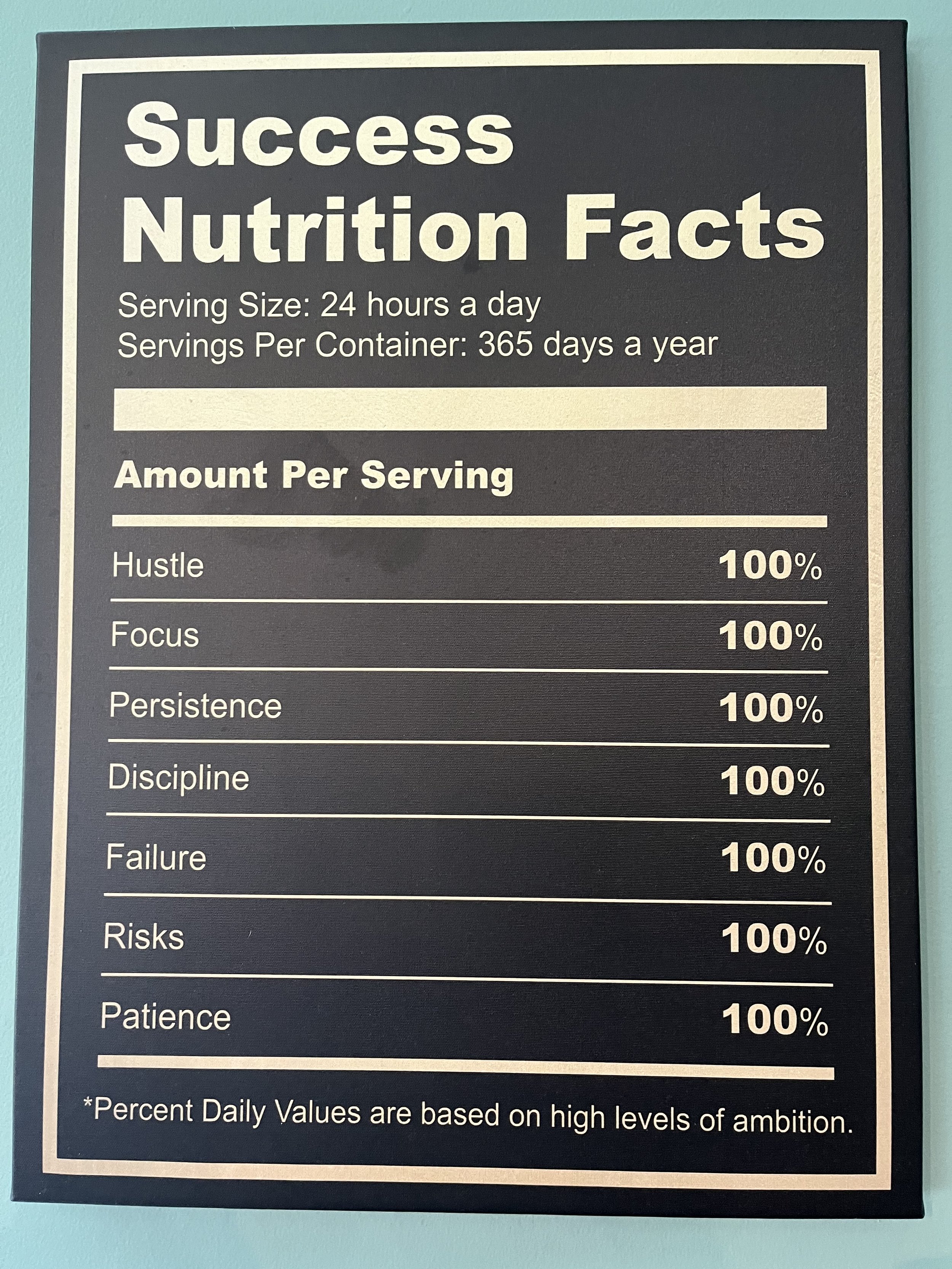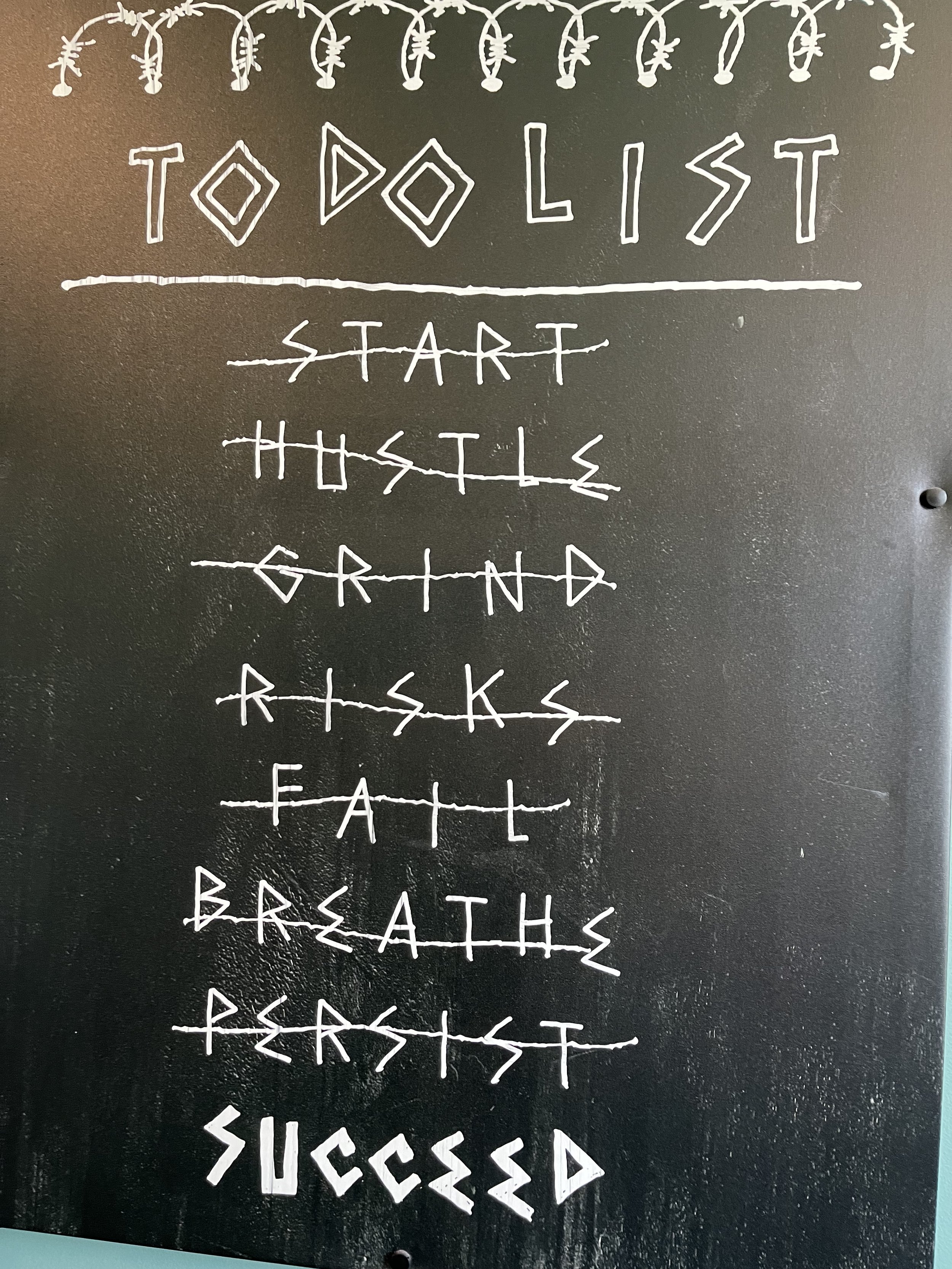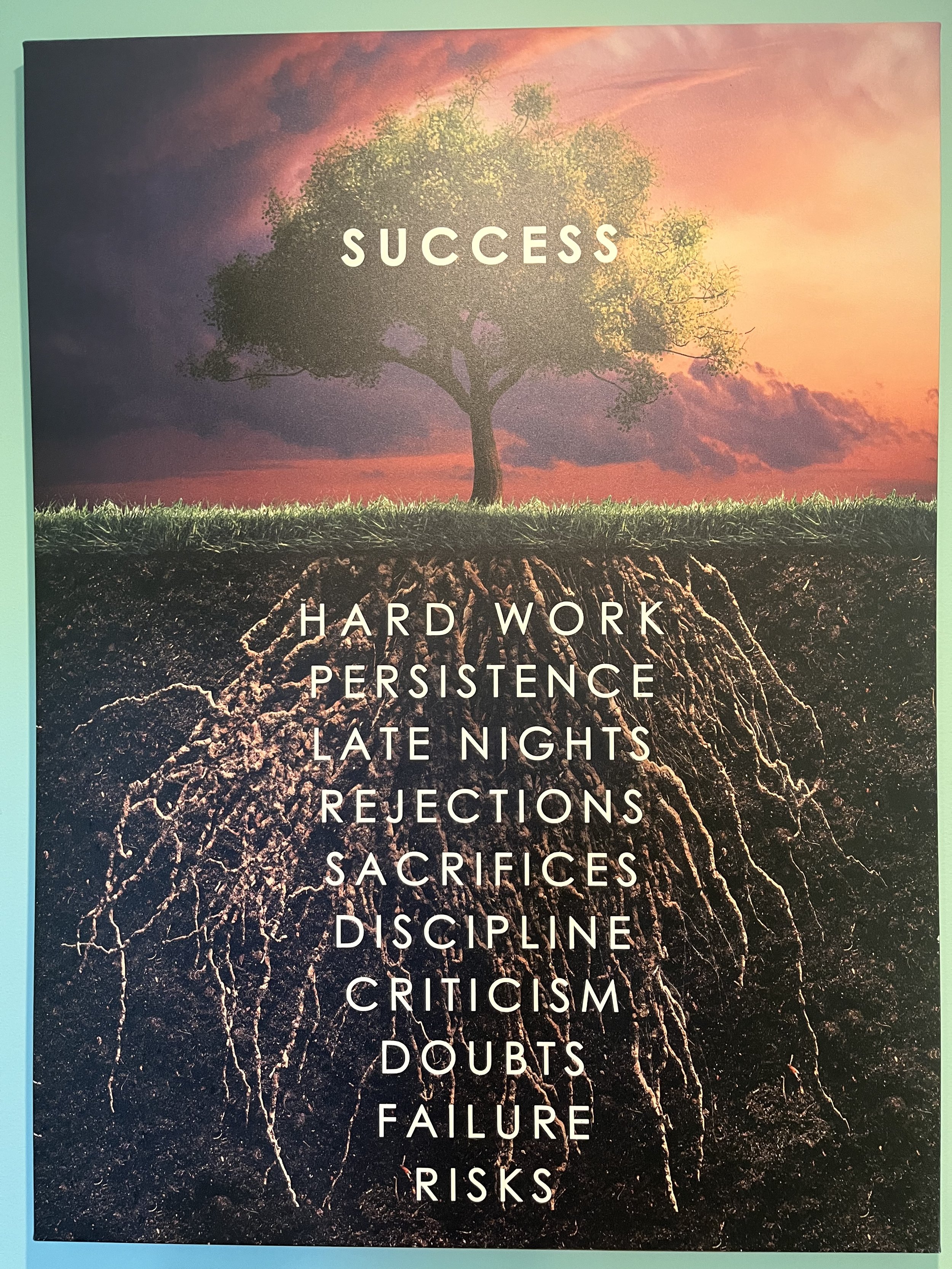Resilience: Another Essential Ingredient to a Long, Healthy Life
A Unique Take on “The Wall” That We All Hit—and Need to Push Through—in Our Later-Life Years
I have spent the past few weeks in a 100-year-old summer house with no insulation and no central heating. It is near the water, which is still only about 50 degrees Fahrenheit (10 degrees Celsius). When I first arrived, the nighttime temperature would drop down to freezing; it’s only slightly warmer now. Even on sunny days this old house doesn’t get very warm. The space heaters are always on and dressing to stay warm is a constant activity.
This focus on staying warm, even though summer is just around the corner, makes me think of our ancestors huddled around fires in caves or barely weatherproof homes made out of natural materials, and they did that all winter long! And yet they survived long enough to raise their next generation and discover new ways to cope with the hardship of the daily struggle of survival. Up until the past 100 to 200 years that was the way most people lived, directly in touch with raw nature. Our rugged and resilient bodies, and minds, are fully capable of much more discomfort than we can even imagine in our cushy, modern lives.
This kind of resilience was not even questioned back then. It was essential for survival. If you didn’t have it, you didn’t make it. “I don’t feel like it” was not an option; survival demanded action. No one was taken care of or coddled unless they were injured or sick. There were few diversions. “Comfort” was enough food to not be hungry, along with enough shelter to keep relatively warm and dry. Even the warmer summer months involved lots of work to prepare for the next winter. The steady presence of hardship, and dealing with it, was woven into the fabric of daily life.
So, how does resilience make its presence known in a modern world where virtually everything we want is given to us on a platter or almost instantly available in a store or online? This ease of acquiring food and the other needs of daily life has given us many more options in life than previous generations enjoyed. We are not tethered to nature in the same way, except as our bodies and our health are concerned. Modern life has given us the freedom from that hardship. What we choose to do with that freedom is a whole new chapter in human history.
Resilience in Life’s Pursuits
So, resilience now applies more to the goals and aspirations we have in life instead of survival. For most of us, being resilient usually involves working toward something we either want to be or want to have. Working toward those personal goals (which can include things like making the world a better place or helping others) has supplanted the raw struggle with nature. Once each of us knows the goals we want to pursue in life (which is as big a part of the challenge), resilience kicks in as the quality we manifest to stick to the struggle of overcoming obstacles and achieving them. Resilience becomes about showing up, staying motivated, overcoming doubt and failure, and keeping at the goal until we either succeed or reach a new level of being able to work at those tasks more easily.
The Wall—In Marathons and in Life
You’ve probably heard the term “the wall” as it applies to marathon running. There are actually 2 different kinds of walls in that context. The first is physical, the result of having used up all the glycogen stored in muscles and the liver. The second is mental, when the runner allows self-criticism and doubt to creep in, telling themself they can’t do this, or they will fail at it. Marathoners report that both walls require work to overcome, and both tend to happen around the 18-mile mark, roughly 70% of the way through the 26-mile race. Once a runner faces the struggle and makes it through this mark, with nutrition and whatever combination of self-worth and grit gets them through this challenging point, the rest of the race becomes much easier, when a kind of second wind kicks in. This is a fascinating example of resilience: having faith that this second wind exists at all and that, if we dig for it, we have more energy inside than we once thought possible and having the grit and self-confidence to push through the mental wall.
Now think about this: later life is its own kind of marathon with its own mega-wall, especially in the 70- to 80-year-old range. This age range has the physical attributes of slower metabolism and lower energy, and the mental and emotional aspects that accompany these years, which I describe in my book and I am actively working toward overcoming in my own life. As anyone who has made it through this period by watching their health, keeping moving, eating well, and staying motivated and positive will testify, the years beyond the “wall” years are easier and less stressful when you’ve made it through with the attitudes and practices that continue to serve them well. My recent article on Super Agers talks about some of these people and their attitudes and practices. I recently read about another Super Ager, a 93-year-old man in London, John Starbrook, who goes to the gym 6 days a week, has run 52 marathons, and regularly plays water polo with much younger teammates. He is known locally as “The Legend.”
The wall of later life is no joke. Either letting it stop you or pushing through the wall is literally a life-and-death illustration of resilience, or at the very least a reflection of health and illness. And from what I’ve been able to learn and experience, overcoming the wall is much more of a choice than it is just fate or “what will be will be.” Will I show up every day? Will I get back on my feet when I stumble? The answers to these kinds of questions are what later-life resilience is all about.
My resilience—to move, eat well, take care of myself, and work on aspects of myself that are challenging—gets turbocharged when I remember why I am doing all this. Ask yourself this question: “Do you want to shorten these later years of life and spend them in and out of hospitals and doctors’ offices, or do you want to be as healthy and fit and flexible as possible and, for as long as possible, continue living the life you choose to live?” I know my answer. What’s yours?


